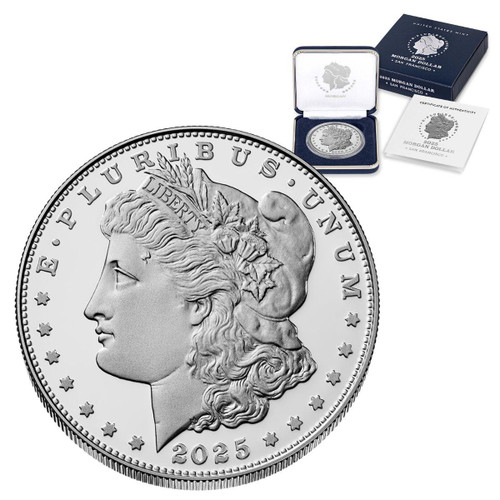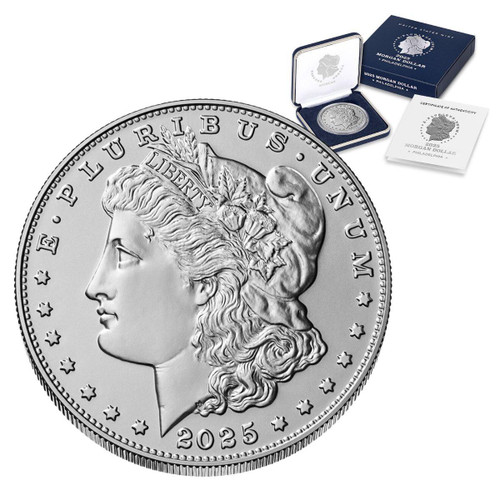Buy The First "$" Dollar Sign Coin Online
No one can definitively say why ”$“ is used as an abbreviation for ”dollar.“ Neither Ayn Rand’s theory (that the symbol is a ”U“ with an ”S“ superimposed on it, with the bottom erased) nor the ”Pillars of Hercules“ theory (that the mark derives from engravings on the Spanish silver peso) accounts for use of the dollar sign in Europe as early as the 17th century. And why would ”S“ stand for ”dollar“? Some historians now theorize that the ”$“ has its origins in European money from 400 years ago. The silver coin struck by Sigismund III Vasa, king of the then-mighty Polish-Lithuanian Commonwealth from 1587-1632, has on its obverse a distinctive letter ”S“—the king’s initial. It is worth a fraction of a thaler, the unit of currency; in fact, the word ”dollar“ derives from ”thaler.“ Everyone, even illiterate common folk, would be able to draw the easily-recognizable ”S“ symbol on the coin—even if they could not write out the word ”thaler.“ Furthermore, the ”S“ money was in circulation for half a century, a period coinciding with the early colonial era. If this theory is correct, the ubiquitous silver 1/108 thaler of King
Sigismund is the first ”dollar sign“ coin..
Why Should You Collect This Historic Coin?
The Silver Thaler of Sigismund Vasa III isn’t just a coin; it’s a piece of history that might have given birth to the "$" symbol we all know today. Struck in the Polish-Lithuanian Commonwealth between 1587 and 1632, this coin features a distinct "S" on its obverse—the king’s initial. Some historians believe that this "S," representing a fraction of a thaler, became the symbol for currency, eventually evolving into the modern dollar sign.
Details of This Unique Collection:
- Historical Significance: This Silver Thaler dates back to the reign of King Sigismund Vasa III of the Polish-Lithuanian Commonwealth. The "S" on this coin is theorized to be the precursor to the dollar sign, making it a vital artifact in the history of global currency.
- Design and Craftsmanship: The coin features the distinctive "S" symbol on the obverse, believed to be King Sigismund’s initial. The design is simple yet powerful, easily recognizable even by the common folk of the time, who might have used it as a shorthand for "thaler."
- Collector’s Value: As a potential origin of the dollar sign, this coin holds immense value for collectors. It’s a rare opportunity to own a piece of numismatic history that connects the past with the present in such a tangible way.











